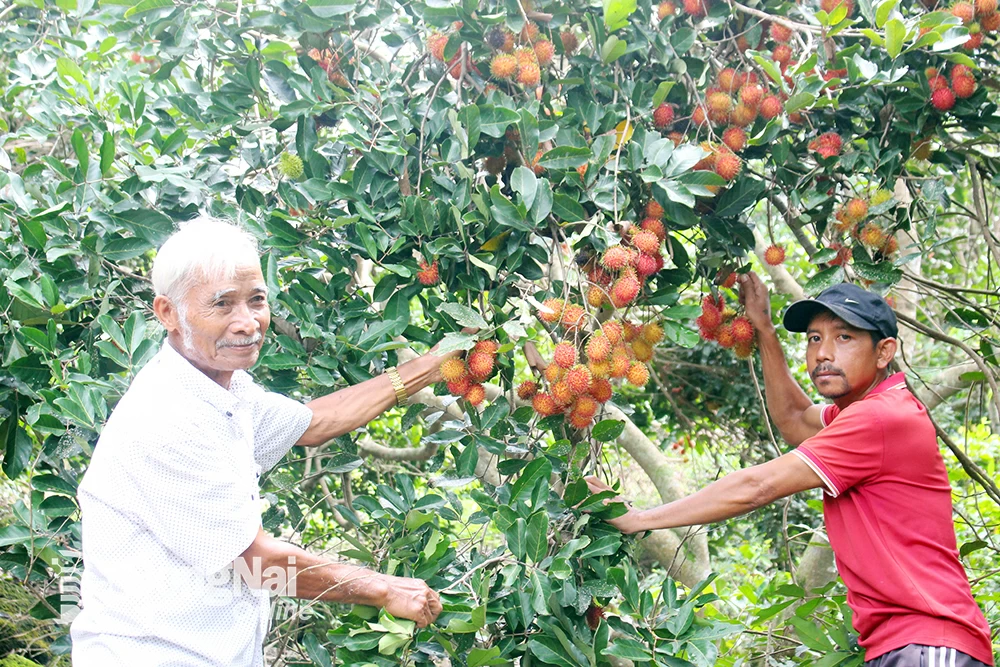 |
| In addition to corn, rice, and other crops, the Choro people in Binh Hoa hamlet grow many famous delicious plants of Long Khanh and Xuan Loc. Photo: D.Phu |
Village elder Hung Van Xung (75 years old, Choro ethnic group) was very happy to take us around the fields and talk about the past and present.
Gathering to establish a new village
In 1960, when the Choro people of village elder Hung Van Xung, from Ly Lich land (now Phu Ly commune), Hang Gon (now Hang Gon ward) came to Binh Hoa hamlet, Xuan Phu commune to settle down, this land was only old forest and a few huts and fields of the Stieng, Hoa and Kinh ethnic people. During the process of cohabitation, the Stieng ethnic households gradually moved back to Binh Phuoc province (old) to live.
| Xuan Phu commune still has a large area of land for growing rice 2-3 crops per year. In Binh Hoa hamlet, due to the lack of a canal system, the Choro people still maintain the practice of dry sowing in the June-September crop season. |
Village elder Xung said that at that time he was only 15 years old. Thanks to the good land, his parents were able to grow a lot of corn, rice, and potatoes, so he was always well-fed. From the initial few dozen households of the Choro people, small groups of Choro people, scattered in many places deep in the forest, heard that village elder Van Hung (who passed away in 2005) was virtuous, so they joined the village in increasing numbers (from the initial 40 households, up to nearly 200 households after a few years).
After 1975, the old forest of Binh Hoa no longer had the sound of bombs or artillery. At that time, old man Xung was already a family man, mature in housework and village work, and diligent, so he was loved, mentored, and trained by village elder Van Hung, who later gave him the position of village elder.
“In 2000, because of old age and weakness, village elder Van Hung held a village meeting and asked for the opinion of the local government to hand over the position of village elder of the Choro settlement area, Binh Hoa hamlet to himself,” said old man Xung.
The cool wind blew, old man Xung stopped his motorbike next to the rice and corn fields of the fields of groups 7A and 7B. With only rudimentary agricultural tools such as machetes, hoes, sickles, saws, etc., the Choro people and other ethnic groups in the hamlet, over the years, have built fields on high ground and rice fields in low-lying areas. After a period of time when the land became accustomed to rice, corn, potatoes, and various crops, the Choro people began to learn from the Kinh and Chinese people to grow coffee, pepper, and rambutan on high ground, and on low ground, they created banks, deep ditches, dug ponds, and wells to store water to grow 2 rice crops and 1 corn crop. At the same time, the people also knew how to combine farming with raising buffalo, cows, goats, chickens, ducks, etc.
“Our Choro people have settled down since 1960. For that reason, traditional Choro culture such as offering new rice and beating gongs are still preserved in the elderly and young people,” said old Xung, then continued to take us to visit the gardens and fields of the Choro people in Cay Me field.
Mr. VONG CHONG HUE, Deputy Head of Binh Hoa Hamlet, Xuan Phu Commune, Dong Nai Province, said that the Choro ethnic group and other ethnic groups in the hamlet live in solidarity and learn from each other in economic activities, especially in knowing how to introduce new crop varieties with high productivity and market demand into cultivation.
Dry seeded rice specialty
To produce rice grains with the characteristic flavor of the local soil, the Choro people in Binh Hoa hamlet still maintain the unique practice of dry sowing. Therefore, the rice grains produced by the Choro people still have the flavor of the upland rice plants of the time the village was founded.
Binh Hoa Hamlet has a natural area of over 1,600 hectares, of which the rice growing area is over 100 hectares. The rice sowing technique of farmers in the hamlet in general and the Choro people in the settled farming area in particular is more special than other hamlets in the commune, which is dry sowing instead of wet sowing.
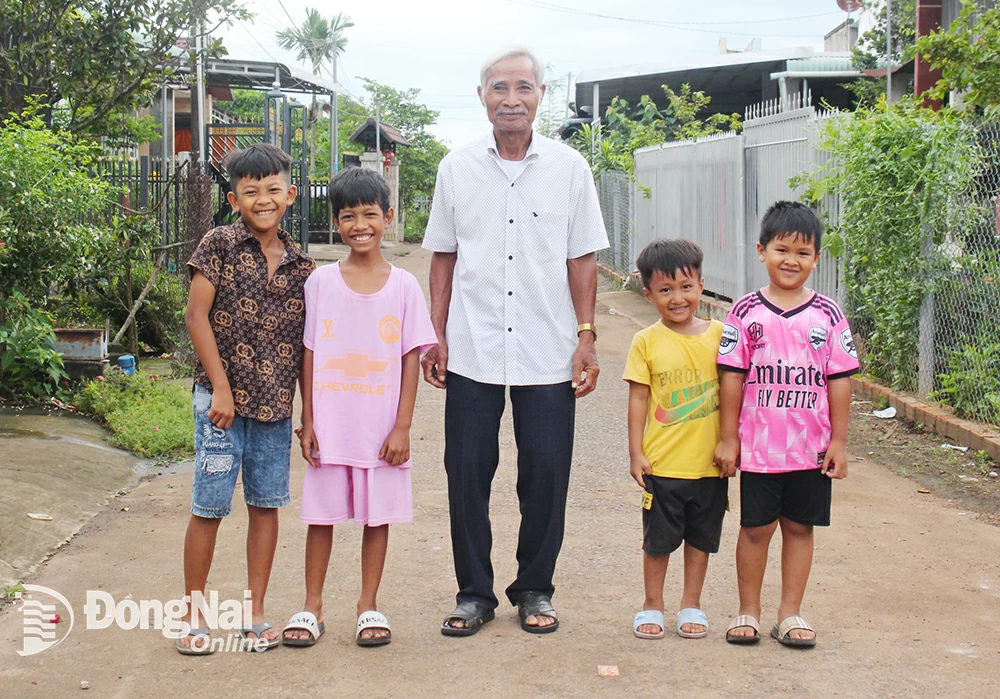 |
| Village elder Hung Vang Xung with children in Choro village. |
To better understand the dry seeding technique that seems to have been forgotten in the digital age, village elder Hung Van Xung introduced to us farmer Tho Thanh (Choro ethnic group, residing in group 10) who was busy checking for pests on his family's 5 sao of rice.
Mr. Tho Thanh said that dry seeding is a method of sowing seeds directly on plowed soil in dry field conditions. Rice seeds will germinate after rain or irrigation. Water used in dry seeding rice cultivation is mainly rainwater throughout the rice growth cycle. With the dry seeding technique, the Choro people only water the rice plants when there is no rain, the stage when the rice plants need the most water is when they tiller, form panicles, and form milk.
According to Mr. Tho Thanh, the reason why the Choro people chose the traditional dry-sown technique of farming in the upland fields of decades ago was because the fields did not have an irrigation canal system, and the rice fields only had a thin layer of topsoil on a rocky foundation. Therefore, to proactively sow and not be late for the season, the Choro people chose the solution of dry-sown rice to catch the rain. Despite the disadvantages of natural conditions, in return, the rice grains of the dry-sown rice crop always have the delicious, sticky flavor of upland rice.
“The dry sowing technique of the Choro people in the hamlet dates back to decades ago when this land was reclaimed. They also grow short-term rice varieties like other regions, but thanks to absorbing dew, soil vapor, and rainwater, the rice grains have the characteristic flavor of upland rice,” said Mr. Tho Thanh.
In addition to the specialty of dry-sown rice in June, harvested in September, the Choro people in Binh Hoa hamlet also grow many delicious and sweet fruit trees famous for their land in Long Khanh and Xuan Loc such as rambutan, jackfruit, durian, mangosteen, etc. Thanks to their attachment to the land, love of work, solidarity and mutual support, over 450 Choro households in Binh Hoa hamlet of village elder Xung are all well-off, prosperous, and have spacious houses. The Choro people here are proud to join hands with other ethnic groups such as Kinh, Hoa, Nung, etc. and the locality to successfully build a new rural area in 2013, an advanced new rural area in 2017, and a model new rural area in 2022.
“Xuan Phu commune and Lang Minh commune of the old Xuan Loc district, after merging into the new Xuan Phu commune, I hope that the Choro people in the village will preserve the good things that exist and not hesitate to change their thinking in doing business to keep up with the new when Binh Phuoc province (old) and Dong Nai province (old) become one” - village elder HUNG VAN XUNG confided.
Doan Phu
Source: https://baodongnai.com.vn/xa-hoi/202507/muot-xanh-lang-choro-o-ap-binh-hoa-7f9201d/




![[Photo] Hanoi: Authorities work hard to overcome the effects of heavy rain](https://vphoto.vietnam.vn/thumb/1200x675/vietnam/resource/IMAGE/2025/8/26/380f98ee36a34e62a9b7894b020112a8)


![[Photo] Multi-colored cultural space at the Exhibition "80 years of the journey of Independence - Freedom - Happiness"](https://vphoto.vietnam.vn/thumb/1200x675/vietnam/resource/IMAGE/2025/8/26/fe69de34803e4ac1bf88ce49813d95d8)

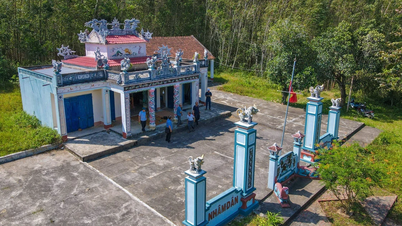

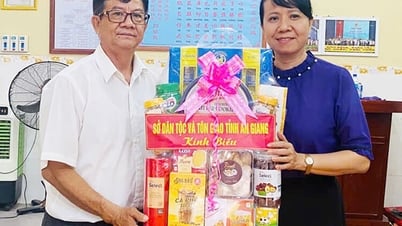

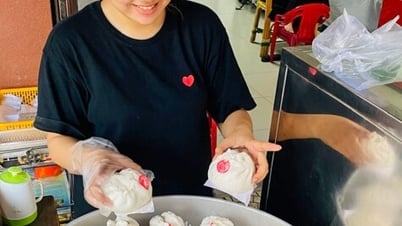

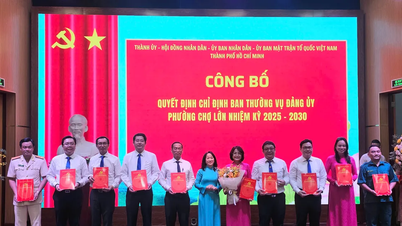



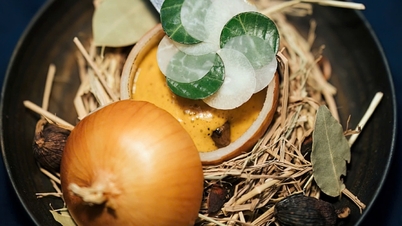

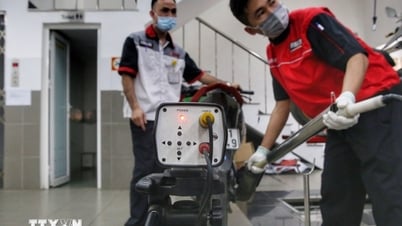


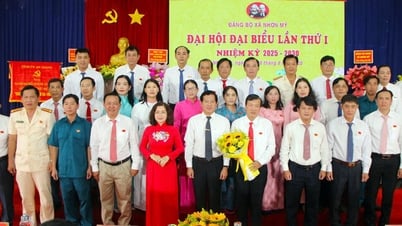
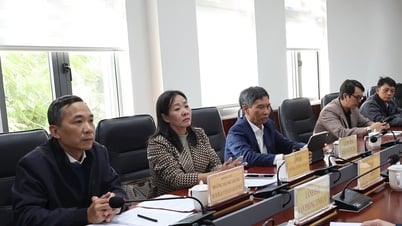






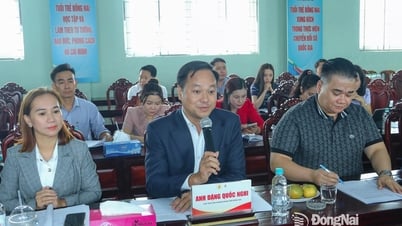
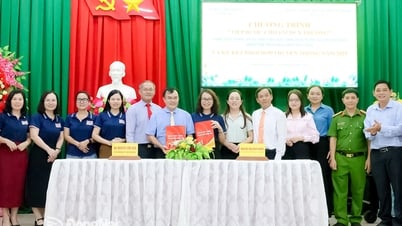
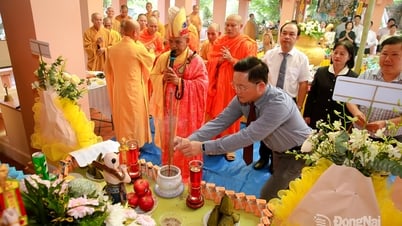
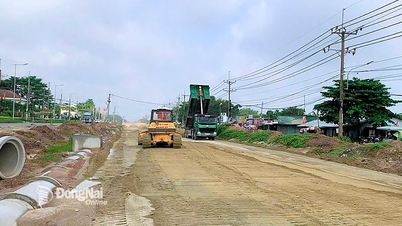

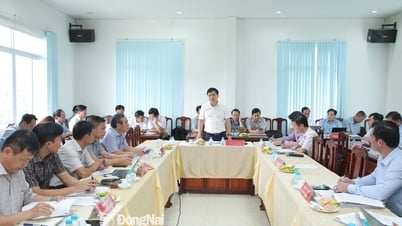


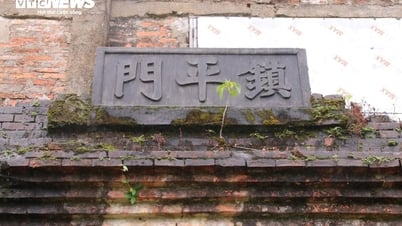

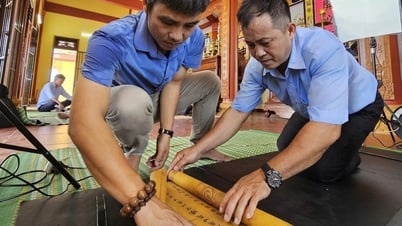

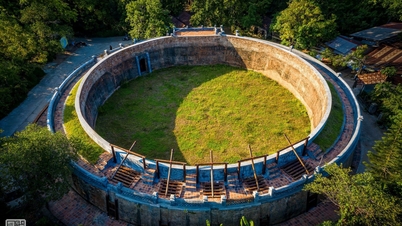



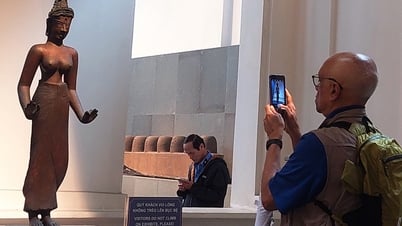
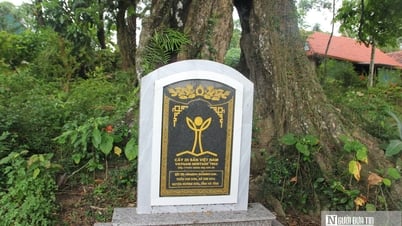

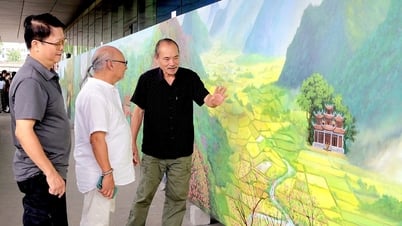





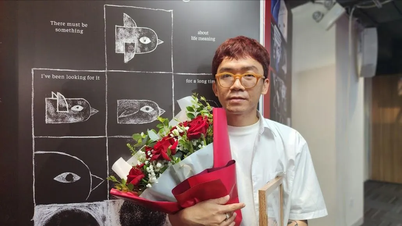











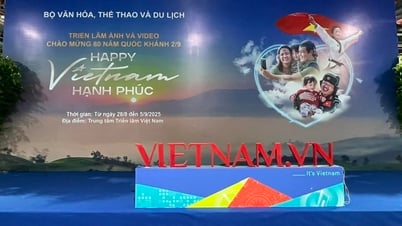
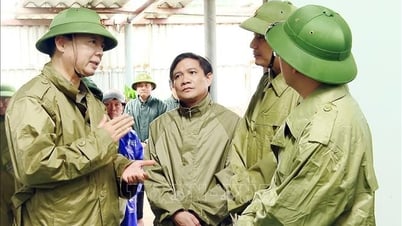


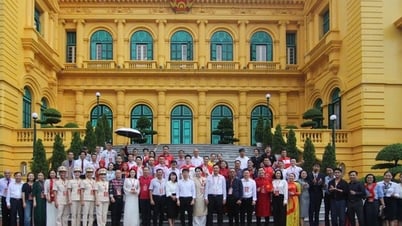



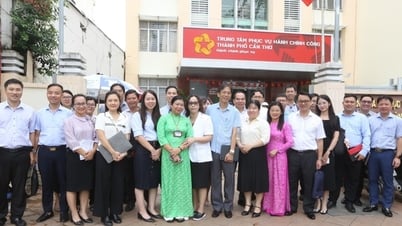

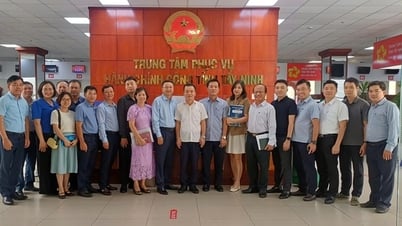

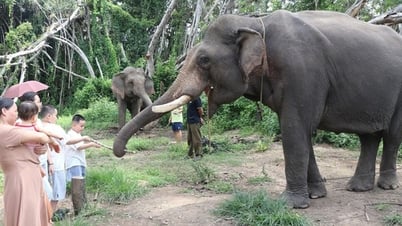
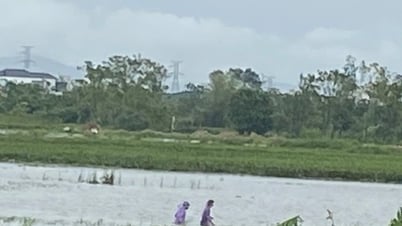

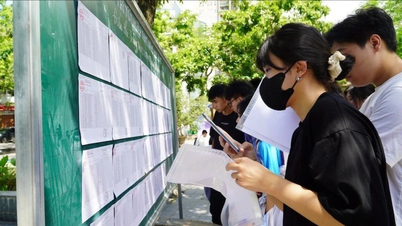

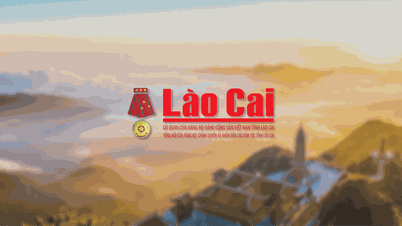


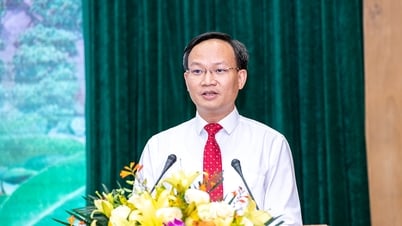


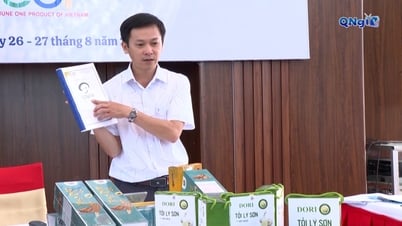



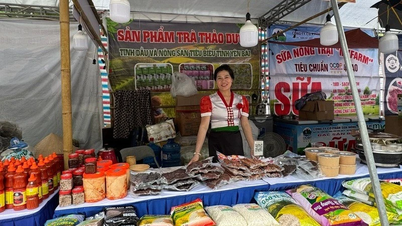


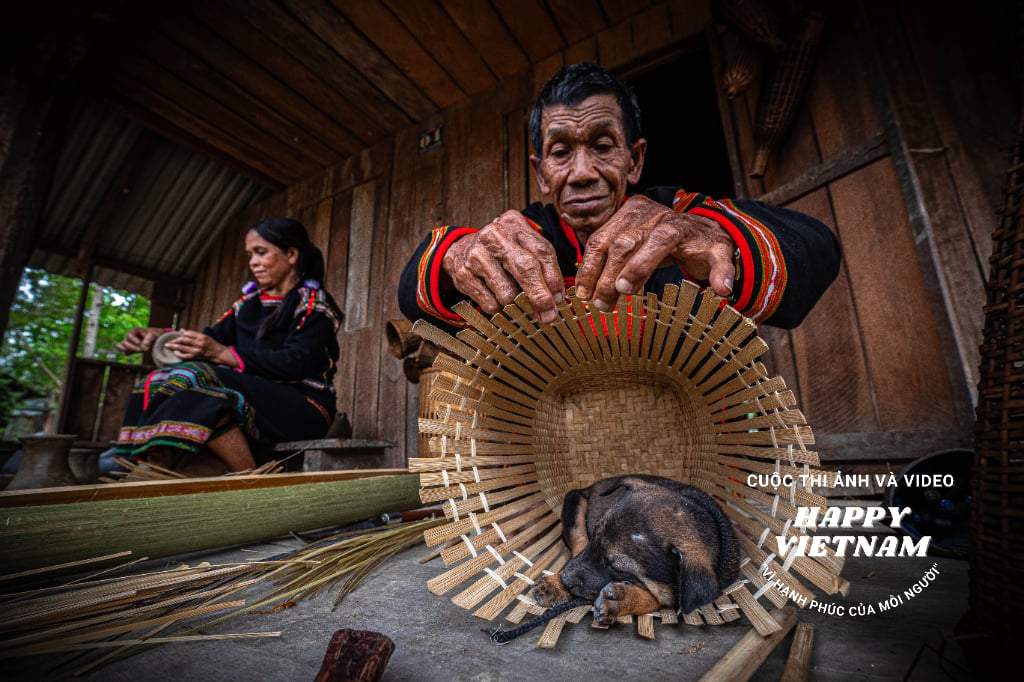



Comment (0)